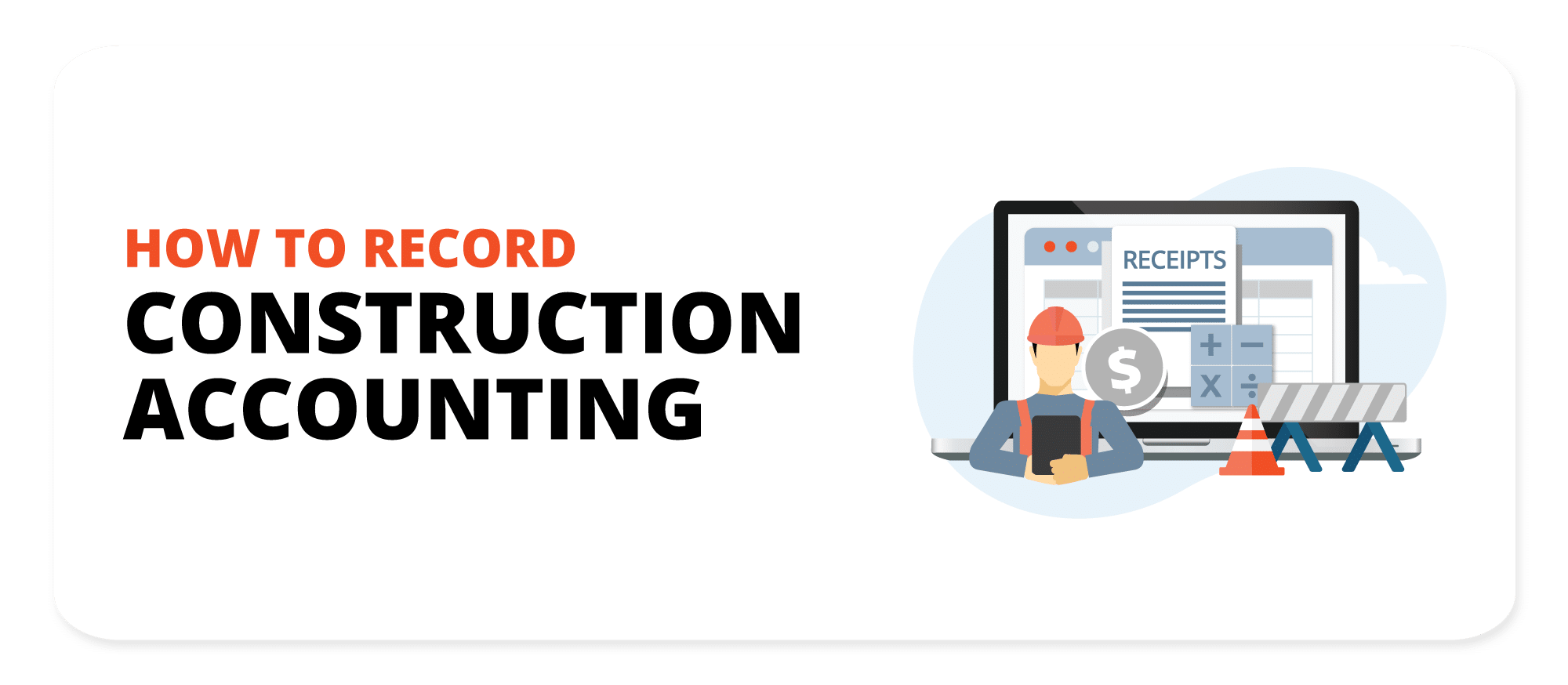Grasping the Fundamentals of Construction Accounting for Improved Financial Management
Grasping the Fundamentals of Construction Accounting for Improved Financial Management
Blog Article
Grasping Building Accounting: Essential Tips for Financial Success in the Sector
Grasping building accountancy is a critical component for monetary success within the market, as it includes different techniques that straight influence job productivity. Discovering these overlooked methods may disclose possibilities that can change your method to construction audit.
Recognizing Building And Construction Bookkeeping Essentials
Recognizing the principles of building accounting is important for effective project management and financial oversight in the building and construction sector. Building accountancy differs considerably from conventional bookkeeping methods because of the distinct challenges postured by project-based job, consisting of variable costs, varying timelines, and complex governing demands.
A key facet of building bookkeeping is job setting you back, which includes tracking expenditures for every details job. This method permits specialists to accurately analyze productivity and make notified economic decisions. In addition, building accounting includes using progression billing, where billings are provided based upon the percentage of job completed, making sure cash circulation is maintained throughout the task lifecycle.
One more crucial component is the administration of change orders, which stand for modifications to the original contract extent. Appropriate documentation and accountancy for these adjustments are important to protect against financial conflicts and make certain accurate task budgeting.
Finally, recognizing the significance of conformity with sector regulations and tax demands is paramount. Precise financial coverage and adherence to accounting requirements not only guard versus lawful issues however also improve the trustworthiness of building and construction firms. Grasping these essentials establishes the structure for reliable financial management within the building industry.
Effective Job Budgeting Methods
Effective task budgeting methods are essential for ensuring that building and construction jobs remain monetarily feasible and on track. A well-structured budget offers as a roadmap, directing project supervisors with the intricacies of building and construction prices.
Following, employing historic data from previous projects can dramatically improve the precision of budget plan price quotes. By examining previous expenditures, groups can recognize expense fads and prospective challenges. Moreover, involving stakeholders throughout the budgeting procedure fosters openness and secures buy-in, which can alleviate disputes in the future.
On top of that, taking on a comprehensive line-item budget plan enables precise monitoring of expenses related to materials, labor, and overhead. This granularity makes it possible for project managers to determine differences early and readjust techniques accordingly. Furthermore, integrating backup allocations within the budget can assist represent unpredicted expenditures, safeguarding the job versus financial stress.
Finally, regular budget plan examines throughout the task lifecycle make certain that financial objectives remain lined up with job goals, check my blog assisting in timely interventions when essential. Implementing these techniques can significantly add to the economic wellness and success of construction projects.
Streamlining Cost Tracking Processes
Accurate price monitoring procedures are crucial in the construction sector, as they regularly establish the economic success of a job. Effective tracking enables project managers to monitor expenditures in real-time, guaranteeing they stay within budget plan and can make educated decisions promptly. To improve these processes, it is vital to adopt a systematic strategy that incorporates Web Site innovation and recognized protocols.
First, making use of customized building bookkeeping software can automate information entrance and reporting, decreasing human error and increasing performance. construction accounting. Such software application typically includes attributes for tracking labor, materials, and subcontractor prices, supplying an extensive sight of job expenses
2nd, standardizing treatments for recording prices across jobs enhances uniformity and streamlines analysis. Developing a clear graph of accounts customized to the distinct needs of construction jobs can assist in precise classification of expenses.
Finally, normal training for personnel on the relevance of accurate expense monitoring and the tools used in the procedure promotes responsibility. By executing these approaches, construction companies can significantly enhance their expense monitoring processes, resulting in improved financial control and task profitability. Eventually, a well-structured approach to cost monitoring prepares for successful Continue task monitoring and long-term monetary sustainability.
Handling Capital Successfully

Consistently checking capital statements is important. By evaluating money inflows and outflows, services can identify patterns and possible shortfalls. This technique facilitates timely modifications to costs or settlement timetables, protecting against money shortages that can endanger job timelines.

Lastly, preserving a monetary padding or line of credit rating can give a safety and security web throughout lean durations. Making use of these techniques will certainly lead to a more steady monetary structure, making it possible for building firms to navigate the sector's intrinsic unpredictabilities with higher self-confidence.
Preventing Usual Audit Challenges
In the complex landscape of building and construction accountancy, staying clear of common risks is essential for keeping monetary integrity and job success. Building and construction jobs often include many purchases, and stopping working to document them properly can lead to inconsistencies and financial losses.
Another risk is the mismanagement of adjustment orders. Adjustment orders are an all-natural part of building and construction jobs, yet without appropriate accounting for these changes, companies might battle to redeem costs. Establishing a clear process for documenting and accepting change orders can minimize this risk.
Additionally, disregarding to fix up accounts routinely can cause incorrect economic statements and hinder decision-making. Regular reconciliation ensures that records straighten with financial institution declarations and task documents.
Last but not least, ignoring tax obligation obligations can have serious effects. It is important to remain informed about tax policies certain to the building market, including sales tax on products and labor.
Conclusion
Understanding building audit is important for accomplishing monetary success within the industry. Prioritizing compliance and resolving common audit mistakes strengthens trustworthiness and supports lasting productivity, ultimately promoting a sustainable competitive advantage in the building sector.
Report this page